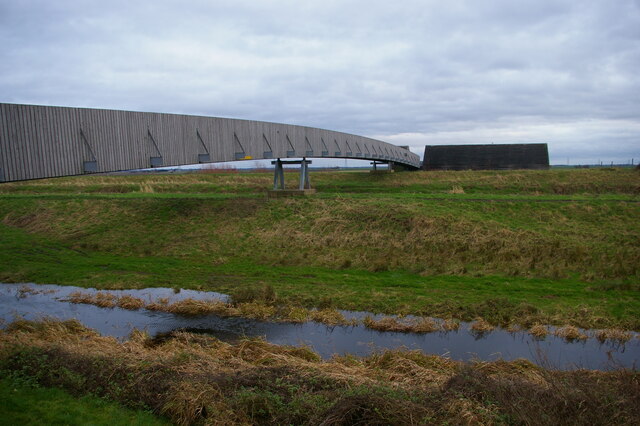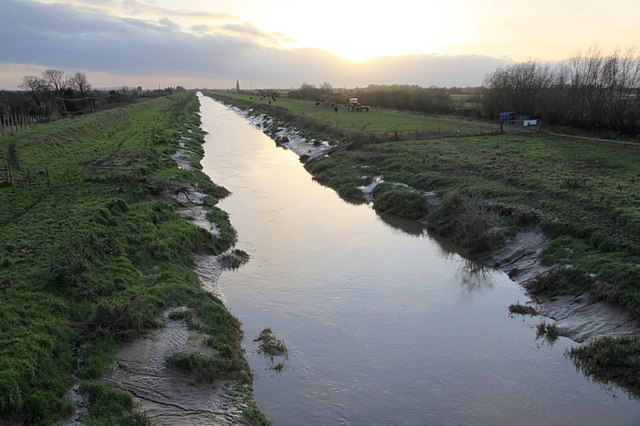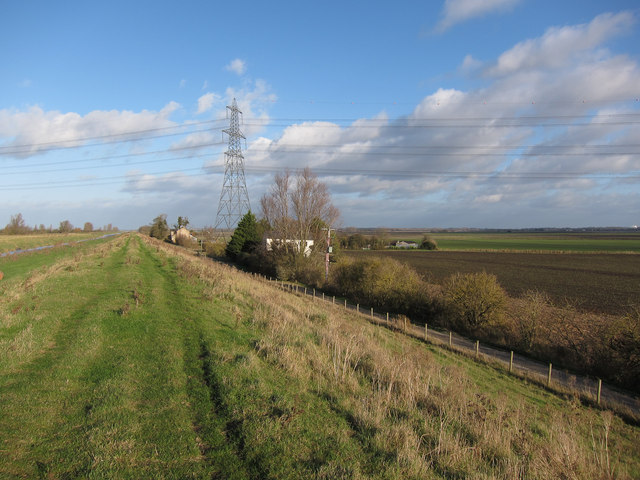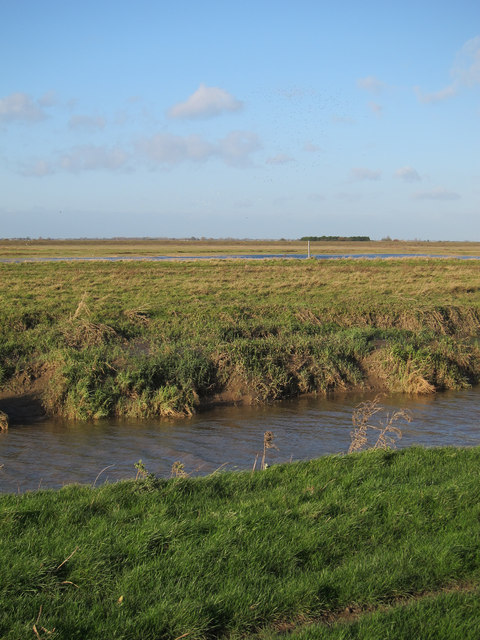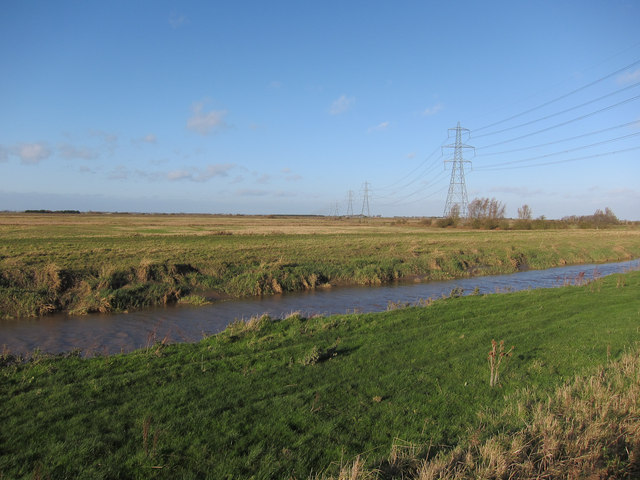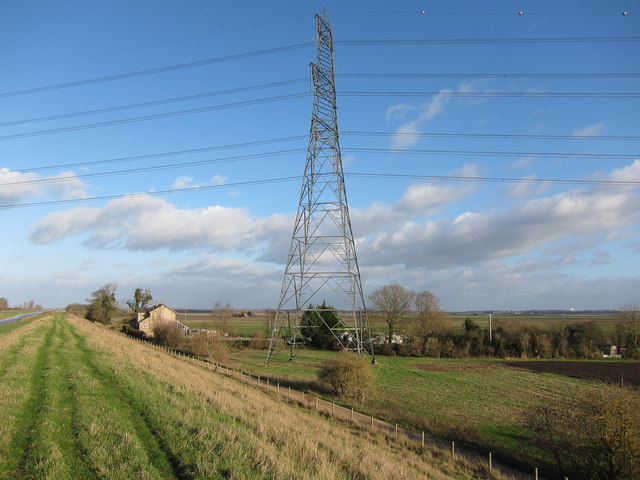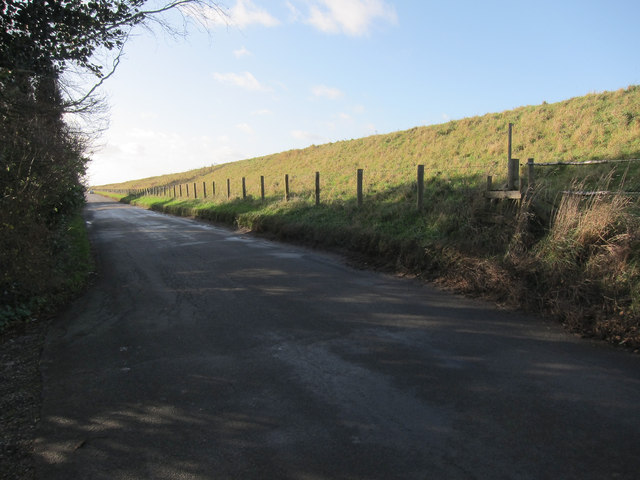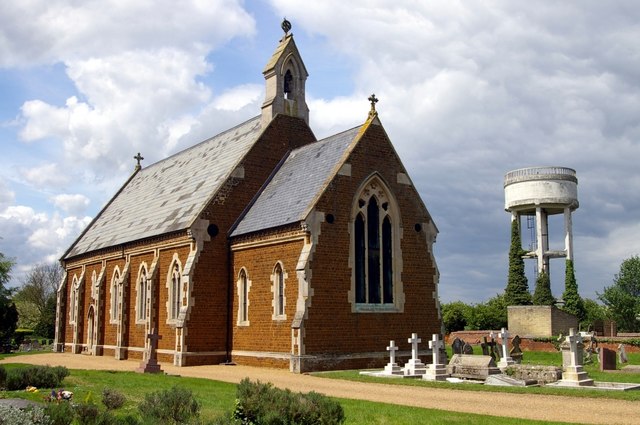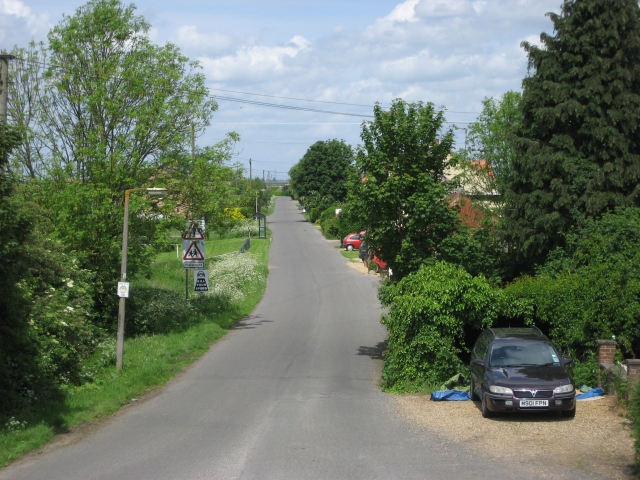Lady Fen
Downs, Moorland in Norfolk King's Lynn and West Norfolk
England
Lady Fen
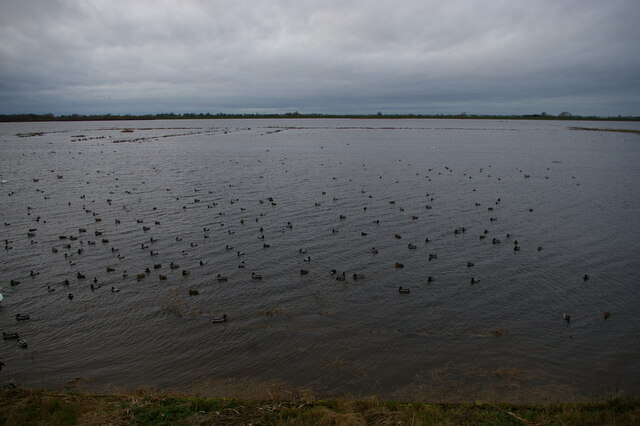
Lady Fen is a picturesque nature reserve located in Norfolk, England. It is a diverse and ecologically rich area, encompassing downs, moorland, and wetlands. Covering an area of approximately 200 hectares, Lady Fen is renowned for its natural beauty and its importance for wildlife conservation.
The reserve is characterized by its undulating downs, which offer stunning panoramic views of the surrounding countryside. These downs are adorned with an array of vibrant wildflowers, including orchids, cowslips, and harebells, creating a colorful tapestry during the summer months. It is also home to various species of grasses and sedges, contributing to the unique biodiversity of the area.
Lady Fen's moorland is a haven for many bird species, including the rare stone curlew and the Eurasian hobby. This habitat provides excellent breeding grounds for these birds, as well as a vital stopover site for migratory species. Moorland plants, such as heather and gorse, thrive in this environment, adding to the scenic beauty of the area.
The reserve's wetlands are a vital part of its ecosystem, providing a habitat for numerous amphibians, reptiles, and insects. The wetlands are dotted with small pools and marshes, which are home to various species of dragonflies, water lilies, and reeds. This diverse range of habitats ensures that Lady Fen is a haven for wildlife enthusiasts and nature lovers alike.
Managed by the Norfolk Wildlife Trust, Lady Fen offers visitors the opportunity to explore its natural wonders through a network of well-maintained trails. The reserve also hosts educational programs and events, providing a platform for learning and appreciation of the local flora and fauna.
If you have any feedback on the listing, please let us know in the comments section below.
Lady Fen Images
Images are sourced within 2km of 52.529575/0.28880852 or Grid Reference TL5594. Thanks to Geograph Open Source API. All images are credited.

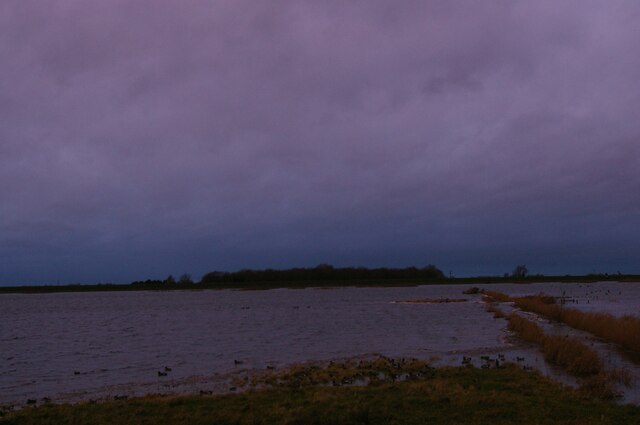
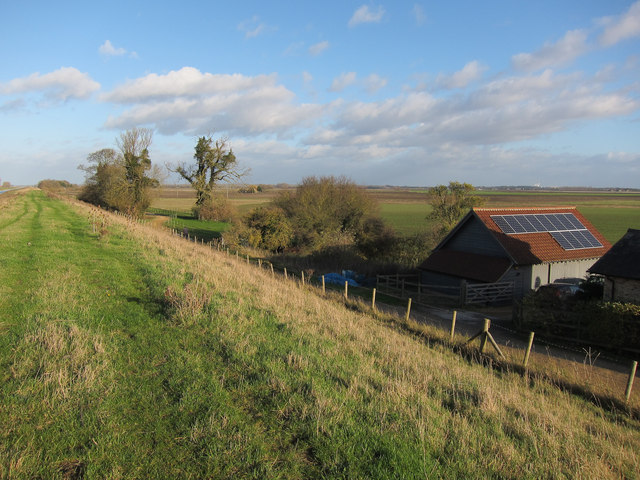

Lady Fen is located at Grid Ref: TL5594 (Lat: 52.529575, Lng: 0.28880852)
Administrative County: Norfolk
District: King's Lynn and West Norfolk
Police Authority: Norfolk
What 3 Words
///shape.loopholes.lined. Near Southery, Norfolk
Nearby Locations
Related Wikis
Hilgay railway station
Hilgay railway station was a station in Hilgay, Norfolk, United Kingdom which is now closed. It was on the Fen Line between King's Lynn and Cambridge....
Welney
Welney is a village and civil parish in the Fens of England, and the county of Norfolk. The village is about 10 miles (16 km) south-west of the town of...
Tipps End
Tipps End is an English hamlet on the B1100 road between Welney and Christchurch, Cambridgeshire. It is also sometimes referred to as "Tips End". It is...
Black Horse Drove
Black Horse Drove is a linear hamlet that lies 7 miles (11 km) north-north-east of Ely in Cambridgeshire, England in the civil parish of Littleport ....
Ouse Bridge railway station
Ouse Bridge railway station was a railway station in Norfolk, England. == History == The Lynn and Ely Railway (L&ER) had opened between King's Lynn and...
River Wissey
The River Wissey is a river in Norfolk, eastern England. It rises near Bradenham, and flows for nearly 31 miles (50 km) to join the River Great Ouse at...
Modeney Priory
Modeney Priory—also spelled Modney and Modeny—was a Benedictine priory in the civil parish of Hilgay, Norfolk, England. Located less than a mile east of...
Nordelph
Nordelph is a civil parish near Downham Market in the English county of Norfolk. The parish covers an area of 16.57 km2 (6.40 sq mi) and had a population...
Nearby Amenities
Located within 500m of 52.529575,0.28880852Have you been to Lady Fen?
Leave your review of Lady Fen below (or comments, questions and feedback).
